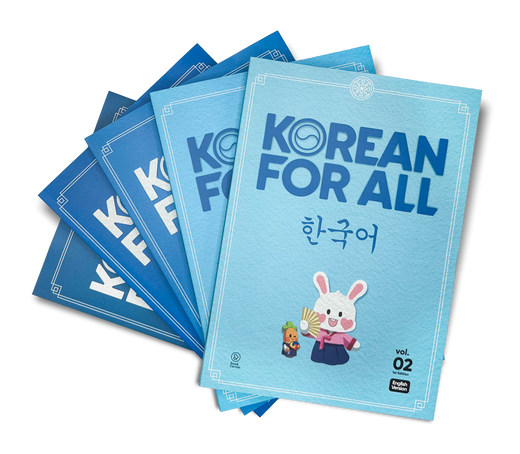Mastering Hangeul Consonants (자음_한글)

Mastering Hangeul Consonants (자음_한글)
The Korean alphabet’s consonants, or “Jaeum” (자음), are fascinating because they were designed based on the shapes of human speech organs. King Sejong’s genius ensured that each consonant is intuitive and easy to pronounce, making Hangeul one of the most logical writing systems in the world.
Overview of Korean Consonants
Korean has 19 consonants, categorized into three main types: basic, double (also called "tense" consonants), and aspirated consonants. Each consonant is represented by a specific shape, with strokes inspired by the vocal anatomy used to produce the sound.
-
Basic Consonants: The fundamental sounds in Korean.
-
Double Consonants: Stronger, tense versions of the basic consonants.
-
Aspirated Consonants: Pronounced with a burst of air, adding emphasis.
Let’s explore each group in detail, along with examples to help you practice.
Basic Consonants
-
ㄱ (G): Soft “G” sound, similar to "go."
-
Examples: 가 (ga), 개 (gae - dog), 가위 (gawi- scissors)
-
-
ㄴ (N): Similar to the English "N."
-
Examples: 나 (na), 너 (neo - you), 나비 (nabi - butterfly)
-
-
ㄷ (D): Softer than the English "D."
-
Examples: 다 (da), 달 (dal - moon), 두바이 (dubai - dubai)
-
-
ㄹ (L/R): A sound between English "L" and "R."
-
Examples: 라 (ra), 러시아 (reosia - Russia), 다리 (dari - bridge).
-
-
ㅁ (M): Similar to "M" in English.
-
Examples: 마 (ma), 매일 (maeil - every day), 무 (mu - radish).
-
-
ㅂ (B): A soft "B" sound, close to "B" in "boy."
-
Examples: 바 (ba), 바다 (bada - sea), 반 (ban - half).
-
-
ㅅ (S): Similar to "S" in English but softer.
-
Examples: 사 (sa), 소 (so - cow), 사랑 (sarang - love).
-
-
ㅇ (Empty Sound): Silent when at the start of a syllable but acts as "ng" at the end.
-
Examples: 아 (a), 아이 (ai-child), 오이 (oi - cucumber)
-
-
ㅈ (J): A soft "J" sound.
-
Examples: 자 (ja), 지구 (jigu - earth), 자기 (jagi- darling)
-
-
ㅊ (Ch): A softer version of "ch."
-
Examples: 차 (cha), 초 (cho - candle), 총 (chong - gun)
-
-
ㅋ (K): Similar to "k" but softer.
-
Examples: 카 (ka), 캐나다 (kenada - canada), 콩 (kong - bean)
-
-
ㅌ (T): Similar to "T" in "stop."
-
Examples: 타 (ta), 탈 (tal - mask), 토끼 (tokki - rabbit)
-
-
ㅍ (P): A soft "P" sound, close to "b."
-
Examples: 파 (pa), 파도 (pado - wave), 파리 (pari - fly/paris)
-
-
ㅎ (H): Pronounced with a slight breath of air.
-
Examples: 하 (ha), 해 (hae - sea), 하나 (hana - one).
-
Double Consonants (Tense Consonants)
Double consonants are written with a repeated stroke and pronounced with more tension.
-
ㄲ (KK): Stronger version of ㄱ.
-
Examples: 깨 (kka), 꿈 (kkum - dream), 깨다 (kkeda - to wake up)
-
-
ㄸ (TT): Stronger version of ㄷ.
-
Examples: 따 (tta), 따뜻 (ttatteut - warm), 딸 (ttal - daughter)
-
-
ㅆ (SS): Stronger version of ㅂ.
-
Examples: 싸 (ssa), 싸이코 (ssaiko - psycho), 씨 (ssi - seed)
-
-
ㅃ(PP): Pronounced with more tension.
-
Examples: 빠 (ppa), 빵 (ppang - bread), 뿌리 (ppuri - root)
-
-
ㅉ (JJ) Strong emphasize double j
Examples: 짜 (jja), 짜장면 (jja jang myeon ), 팔찌 (paljji - bracelet)

Study More with our books:
Click: Home - With Love From Korea – SooandCarrots

Study & Connect via Soo House app
Click: Soo House
-
Posted in
korean grammar, level 1



